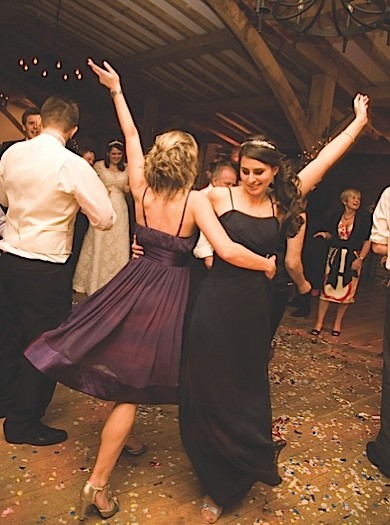There are certain guidelines to follow when addressing wedding invitations for guests who are members of the military.
Instructions
- 1 Address the outer envelopes with full names and titles, such as Major and Mrs. John Smith. Avoid abbreviating military titles.
2 Address the inner envelope without using either person's first name: Major and Mrs. Smith.
3 Use the title followed by both full names on the outer envelope if the husband and wife both have the same military rank and service: Captains Mark and Joan Brown. In this scenario, the inner envelope should be addressed to: The Captains Brown.
4 Include both of their titles and first names on the outer envelope if the husband and wife have different services and different ranks: Captain John and Major Sue Green. For the inner envelope, again drop the first names: Captain and Major Green.
5 Separate the names on two different lines on the outer envelope, with the woman's entry appearing first, if the husband and wife who have different services and ranks also have different last names. (First line: Major Elizabeth Cook. Second line: Captain George Black.)
6 Combine the names on the same line of the inner envelope in this situation, again putting the wife first: Major Cook and Captain Black.














